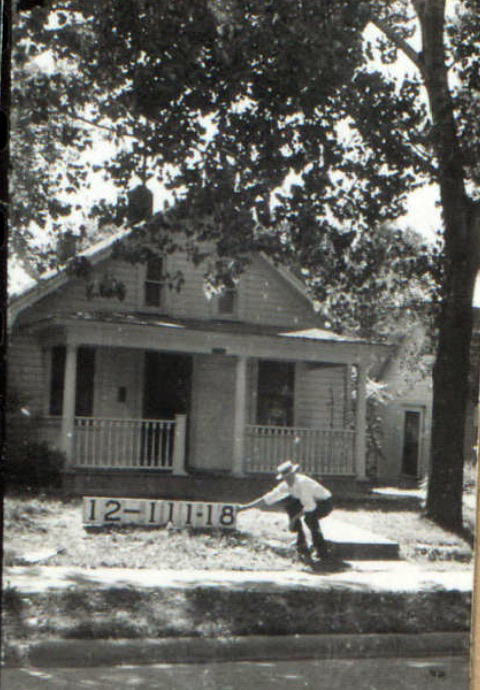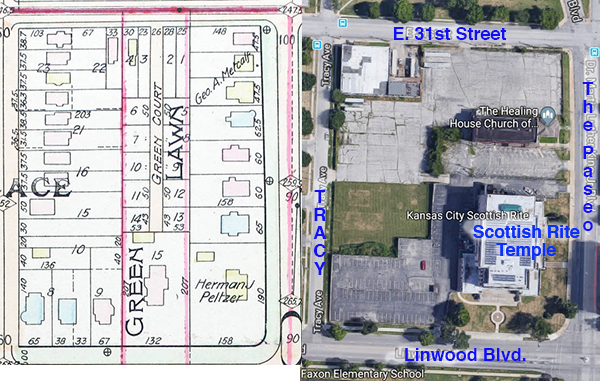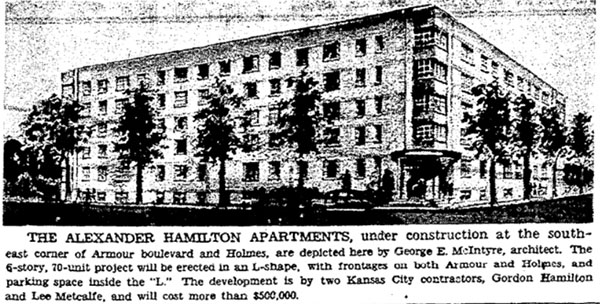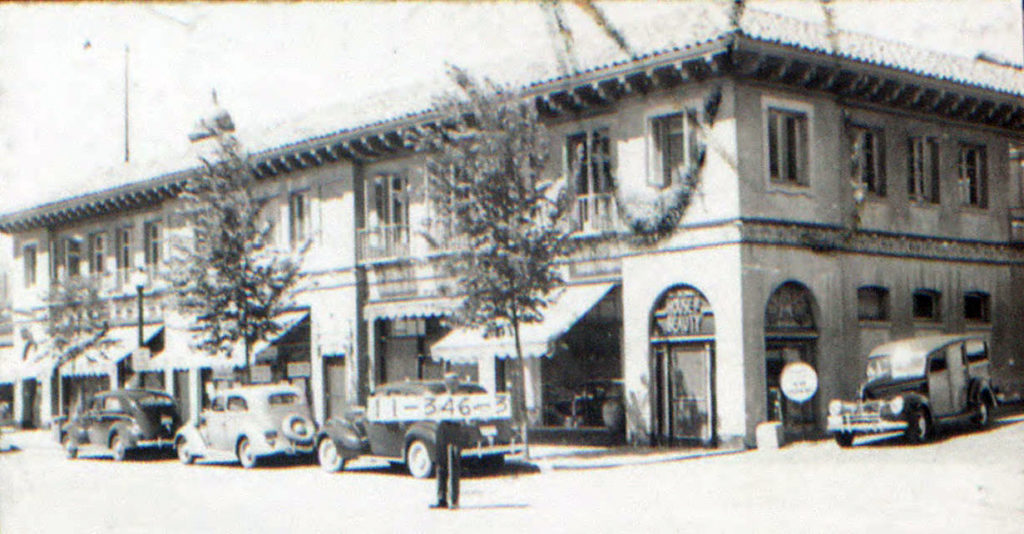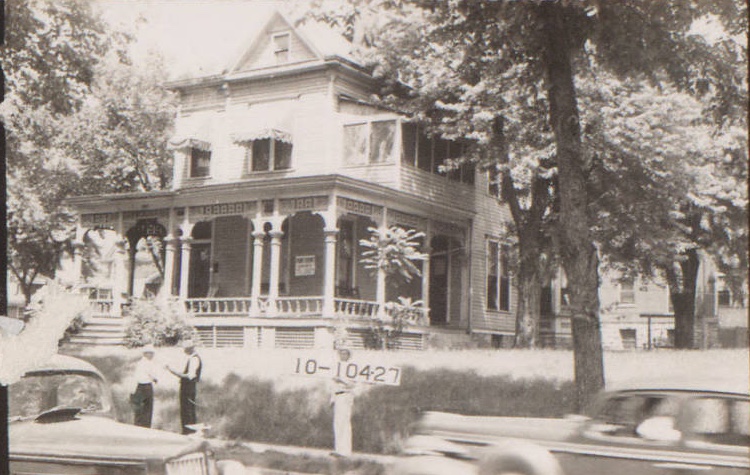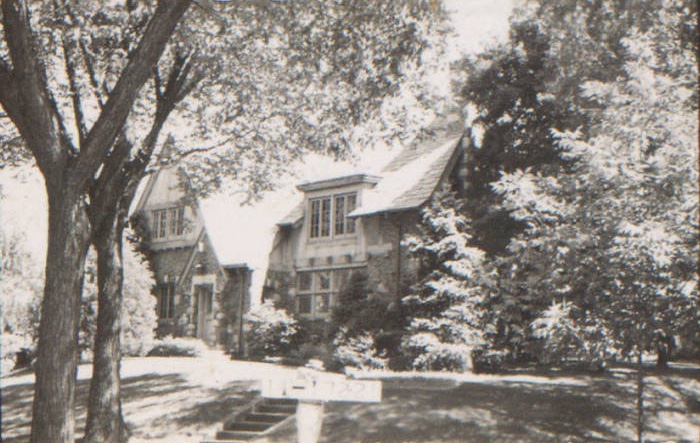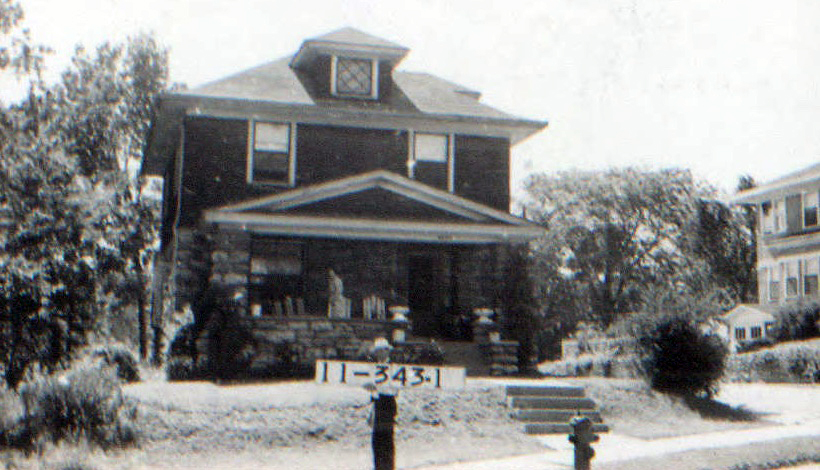Plaza’s Nordstrom Block Has Seen Changes Before
Change is happening on this Plaza block from 47th to 48th between Jefferson and Summit, the site of a new Nordstrom store. And it isn’t the first time the block has been transformed. At the beginning of the 20th century, small homes populated by working-class families lined the west side of Summit Street. Later, as […]
Plaza’s Nordstrom Block Has Seen Changes Before Read More »
